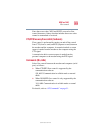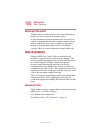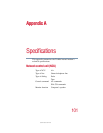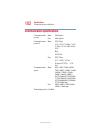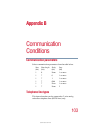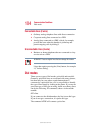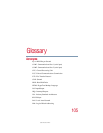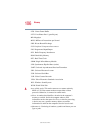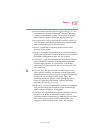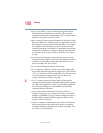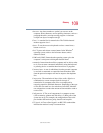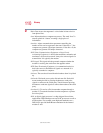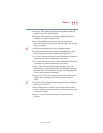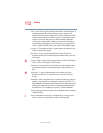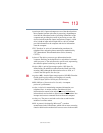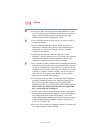
107
Glossary
5.375 x 8.375 ver 2.4.0
American National Standards Institute (ANSI) character set: The
set of characters available in Microsoft
®
Windows
®
operating
system (or other operating system). The character set includes
letters, numbers, symbols and foreign language characters.
American Standard Code for Information Interchange (ASCII): A
set of 256 binary codes that represent the most commonly used
letters, numbers and symbols. See also binary.
animation: A technique of imparting motion to items, either
drawings or inert objects.
application: A computer program that you use to perform tasks of a
specific type. Applications include word processors, spreadsheets
and database management systems. See also program.
asynchronous: A type of data transmission in which information is
sent at variable time intervals. To indicate when a transmitted
character begins and ends, it is preceded by a start bit and
followed by an optional parity bit and one or two stop bits. See
also synchronous.
B
baud (baud rate): The speed at which communications devices
such as printers, terminals, and modems transmit information.
Information travels as a series of electronic signals. The baud rate
measures the rate of change in these signals. This is not
necessarily the same as bits per second, although the two are
related. It is named for Emil Baudot, a pioneer in printing
telegraphy. See also bits per second.
Bell Standard: A series of communication procedures for telephone
lines and other analog data transmission lines standardized by
AT&T (American Telephone & Telegraph).
bit: The basic unit of information used by the computer, a bit may
be either 1 or 0. While an individual bit cannot contain a
significant amount of information, by combining bits into larger
units, such as bytes (a group of eight connected bits), your
computer can deal with huge blocks of data. See also byte.



